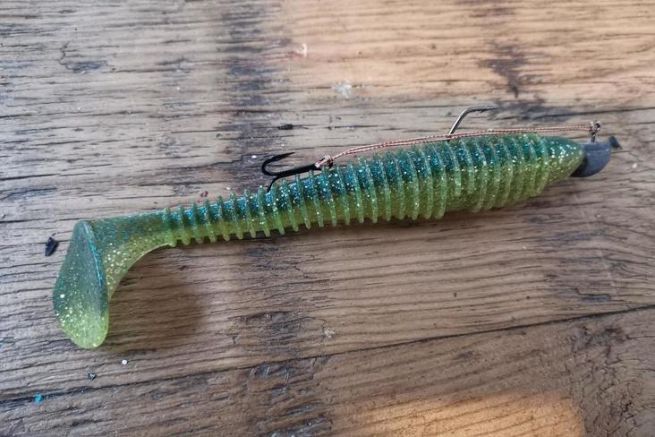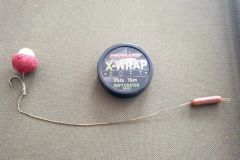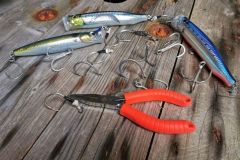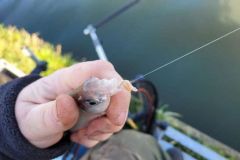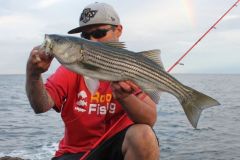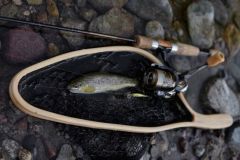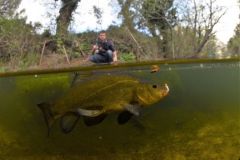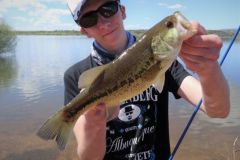It's not always easy to trigger the keys of a predator and it's all the more frustrating in this case to miss them. It's in this spirit that each one of us is looking for efficiency and tricks to increase it significantly. All the more so when we know that large specimens are sometimes the cleverest to achieve touches of great subtlety!
What's that?
The triple thief is simply a triple hook, usually small in size, which is added to the main armament of our leaded heads when fishing with soft lures. Its vocation is to allow, as its name indicates, to "steal" some fish by pricking them on the edge of the lips when they had partially engulfed our lure, in any case not enough to prick themselves on the main hook...
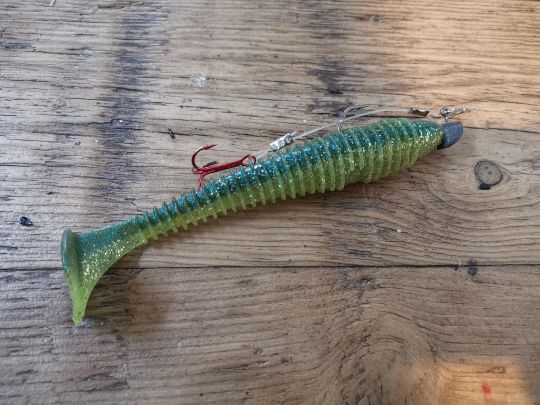
When to use it?
The thief hook is used in two particular cases:
1) When the soft lure used is too long in relation to the size of the hook used. This is sometimes the case when we want to use large soft lures on very light leaded heads.
2) When the hits produced by predators are "short", i.e. they are not frank and they attack the lure with their mouth closed or simply with their lips. In these conditions, the hits are very discreet (sometimes we don't even feel them) where only the terminal part of the lure is bitten making all the traditional fitting and mounting inoperative.
For my part, I use the triple thief only when I fish pikeperch during the phases when they are at rest and inactive. I animate then very slowly and the hits regularly result just in a "push" of the lure. On many occasions, I've hooked pikeperch by reflex, without really being able to be convinced of a hit and to realize that the fish was just stung at the end of the lips by the triple thief. In this case, "we can really talk about "stolen" fish.
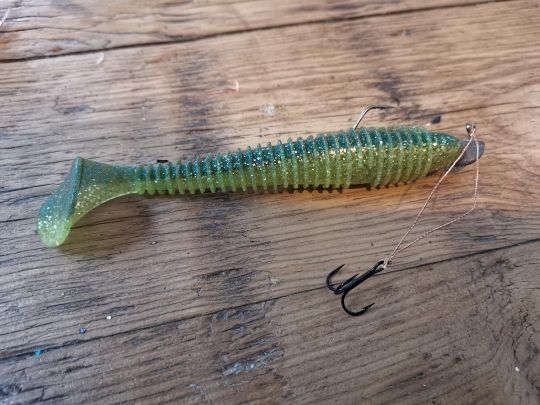
Realization with a stinger
There are three possibilities for a triple thief assembly.
The first two consist in making a loop with a large diameter braid or with a piece of fluorocarbon (you can also use the sleever).
You should then make a loop whose size corresponds to the distance you want to present your triple thief from the head of your lure.
Once the buckle is made, pass it through the eyelet of your leaded head or through your clip and connect a small triple iron end to the other end (size 8 or 6 for 6 inch lures for example).
Finally, prick a branch of the triple in your lure, taking care to "weakly stretch" the stinger so as not to restrict the swimming of your lure.
The second possibility is to connect your stinger to the curve of the single hook instead of the eye of your jig head.
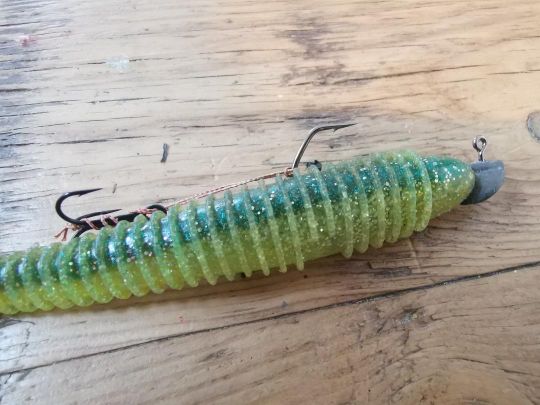
Setting the stinger length
In order to avoid having to constantly redo a stinger when you change lures you can vary its length by making a few turns around the shank of your treble hook.
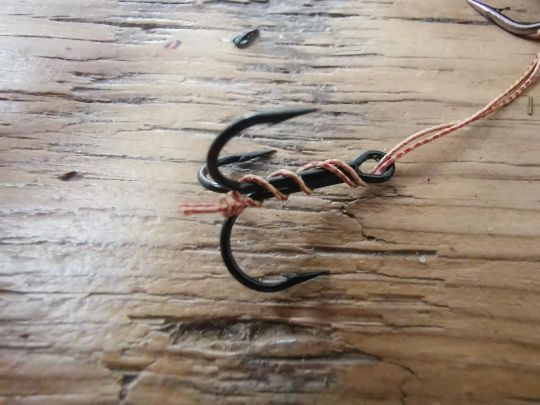
The fast triple thief
Another variation of the triple thief, less efficient and discreet but very quick to achieve, is to pass the eye of your triple hook (this time size 2 or 4 so that it protrudes laterally from your lure) on the curve of the main hook of your jig head. Then prick a piece of inner tube, large rubber band or a pepper washer to block your treble and prevent it from coming loose.
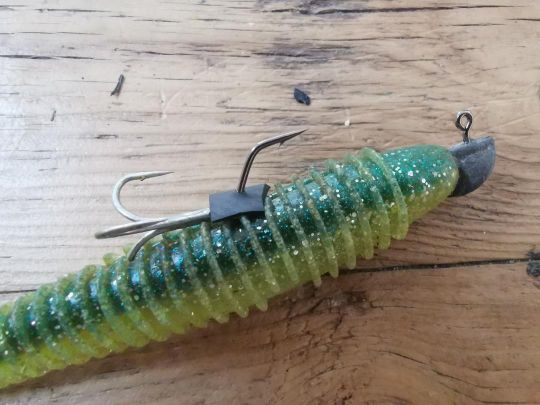
Why do some people refuse to use it?
A number of fishermen refuse to use triple thieves for two reasons:
1) The first one being ethical as it prevents a fish actually taking the lure from being bitten deep by an extra hook.
2) The second is tactical. Indeed, the quality of the keys reflects the relevance of the pattern, that is to say, of the choice of lures and animations you have made. So in this context, a non engammed lure means that you have found part of the solution because your lure arouses interest but that there are still 1 or 2 parameters to be refined to trigger hard hits. Thus, in this idea, the fish would really be "stolen" and would not incite to look for the solution all the way to the end.
My point of view is that the triple thief is not magic and that when the keys are of bad quality you miss a majority of them and while waiting to "tighten" the pattern and find the whole solution, I prefer to sting one or two more fish... Especially since it may be a big specimen.

 /
/ 